Dracoraptor: 200 million-year-old Jurassic 'Dragon robber' dinosaur discovered in Wales is miniature relative of T.Rex
A new dinosaur species has been excavated in the south of Wales, as the Dracoraptor hanigani becomes the oldest known Jurassic dinosaur from the UK. The skull and bones of the T Rex relative were found on a beach near Penarth.
The uncovered dinosaur, Dracoraptor hanigani (which literally translates to Dragon robber, named after its Welsh routes), is believed to be about 70cm tall, and around 200cm long – similar to the size of the infamous velociraptor. It lived right at the beginning of the Jurassic Period, around 201 million years ago.
"The specimens were initially found by amateur fossil collectors Rob and Nick Hanigan," Steven Vidovic told IBTimes UK, researcher on the study. "Rob, who was out there on his own on this occasion was on his way back to the car, when he looked at a cliff fall and found the dinosaur. Nick then assisted him on many return trips to find more material."
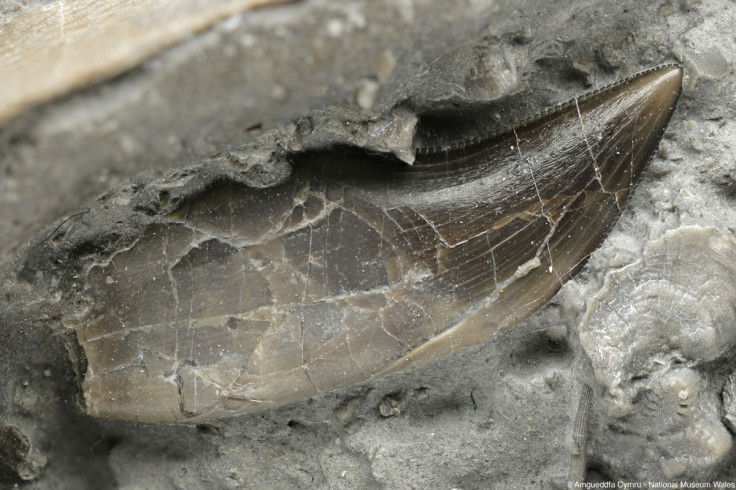
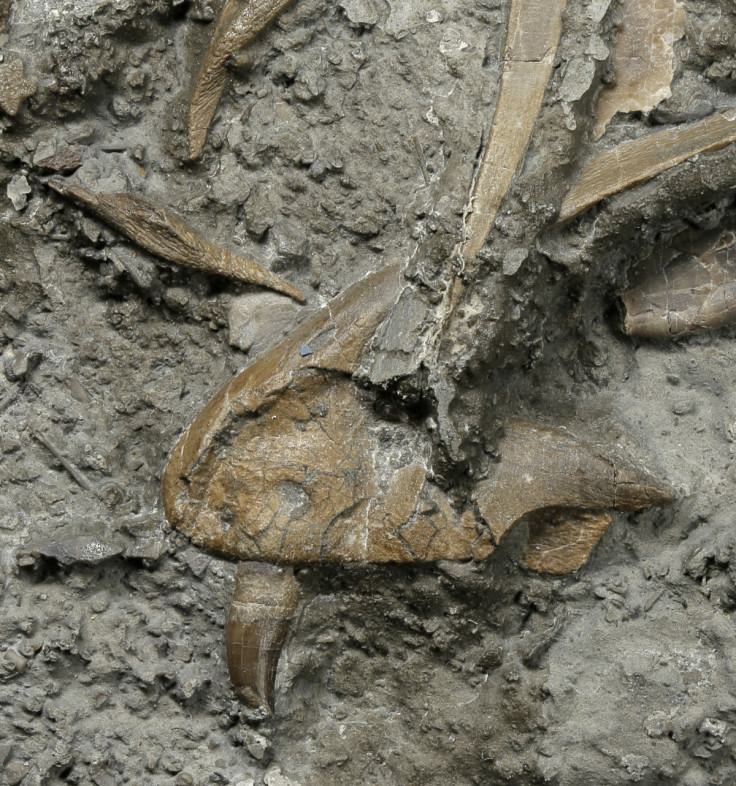

The scientists believe that the Dracoraptor hanigani was a carnivore, from the theropoda group of dinosaurs; the same group as the well-known Tyrannosaurus rex. The discovery marks the finding of the most complete theropod from Wales, and possibly one of the oldest known Jurassic dinosaurs in the world.
Roughly 40% of the entire skeleton has uncovered, including the cranial and postcranial, the scientists wrote in PLOS ONE. Small broken bones had to be repaired with superglue, and the remaining 60% of the skeleton could not be found.
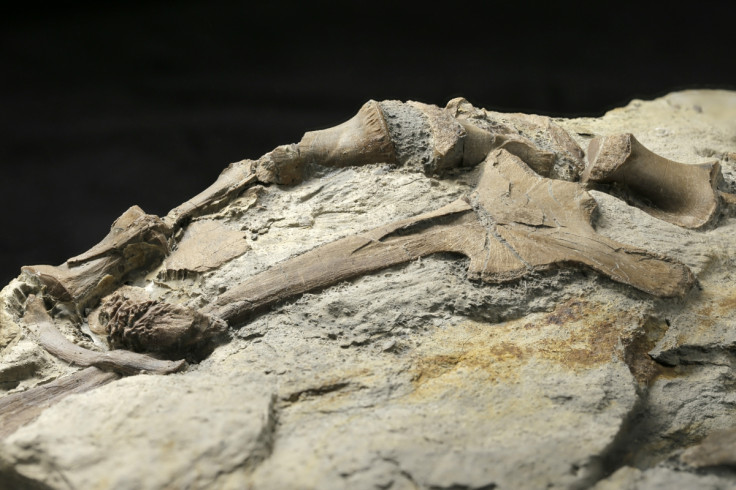
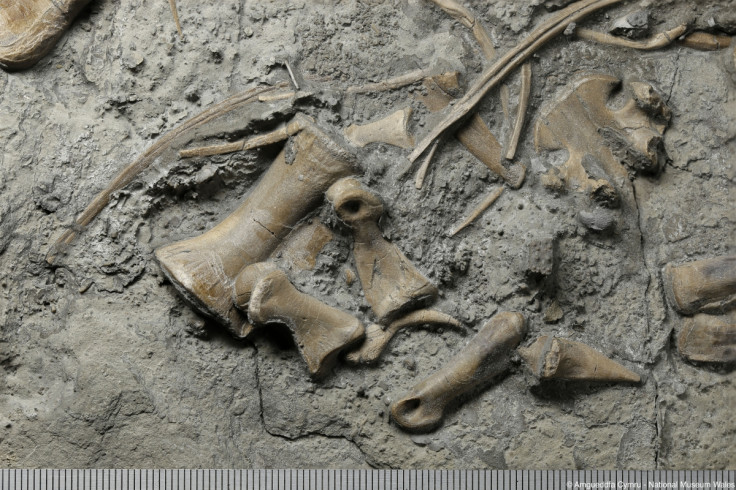
During the search for bones, large blocks of cliff had to be dried using damp newspaper for a two week period, so that they didn't shrink and crumble the fossils. Where it was apparent that a bone should have been moulded into a certain rock, the scientists managed to replicate them with fibreglass and resin, as they suspected they were lost at sea.
"The Triassic-Jurassic extinction event is often credited for the later success of dinosaurs through the Jurassic and Cretaceous," said Vidovic. "Previously we knew very little about dinosaurs at the start of this diversification and rise to dominance. Now we have Dracoraptor, a relatively complete two-meter long juvenile theropod from the very earliest days of the Jurassic in Wales."
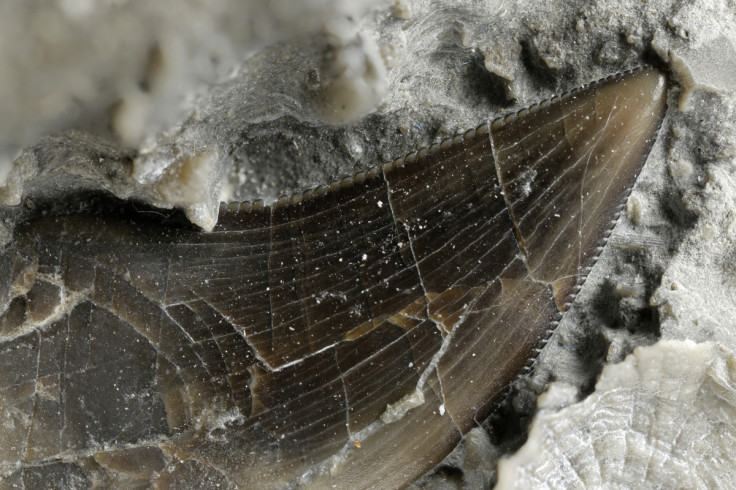


© Copyright IBTimes 2025. All rights reserved.






















